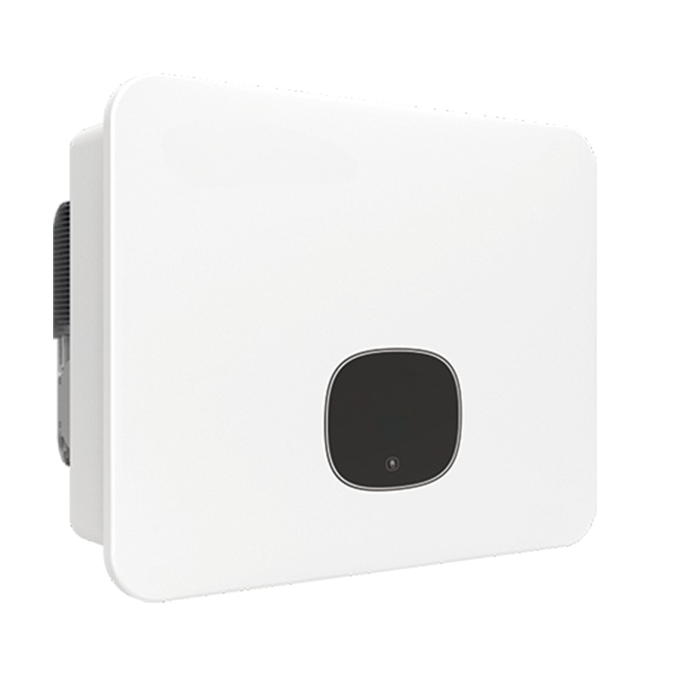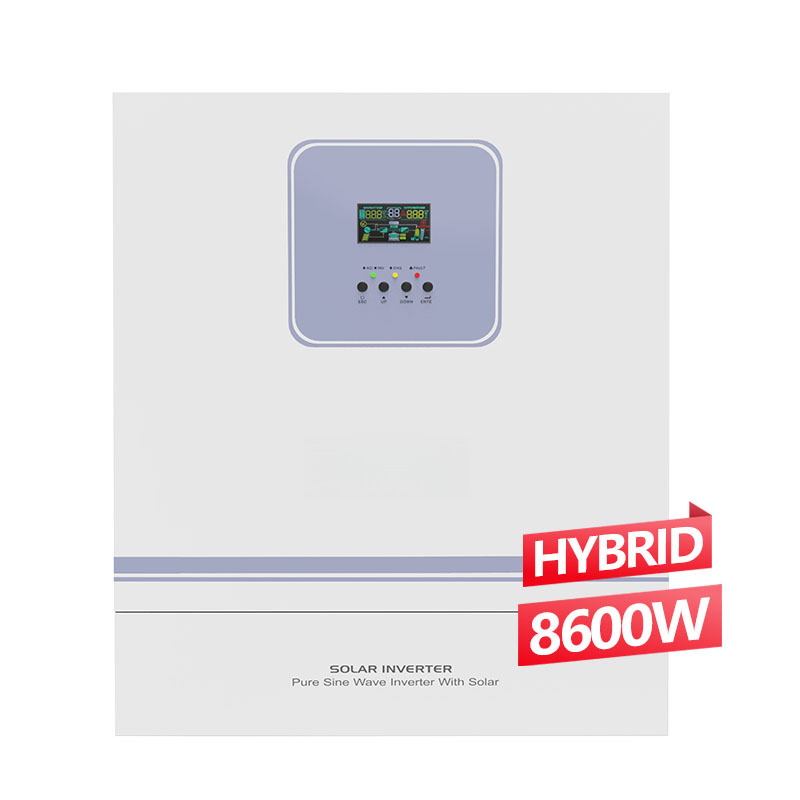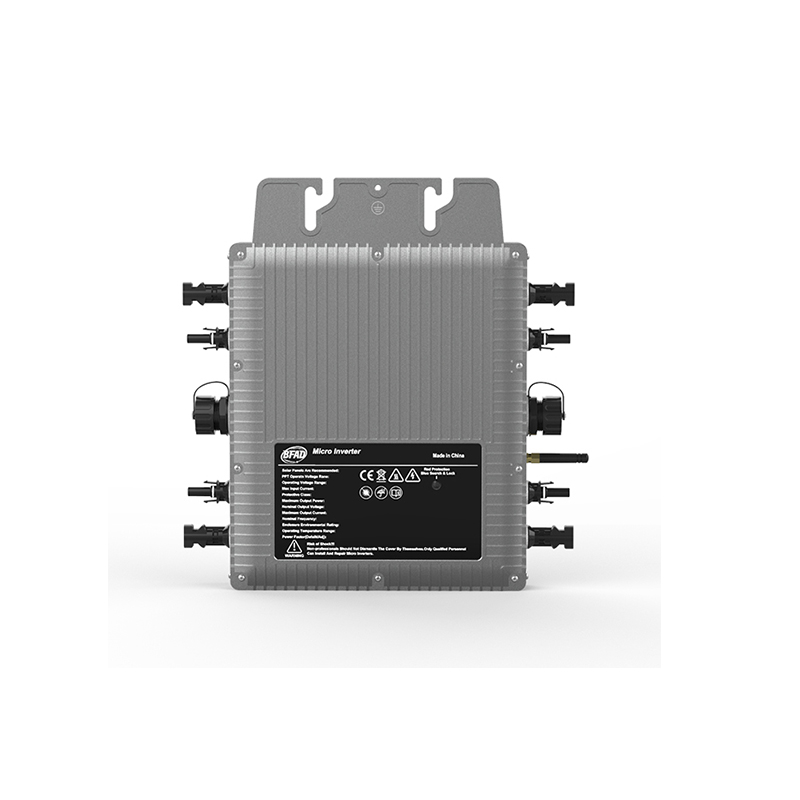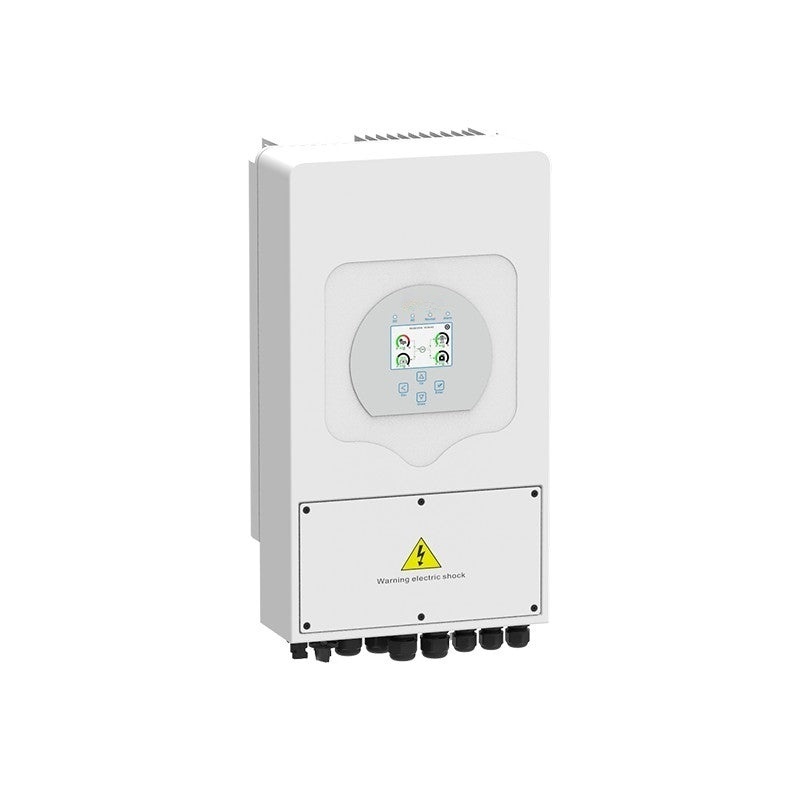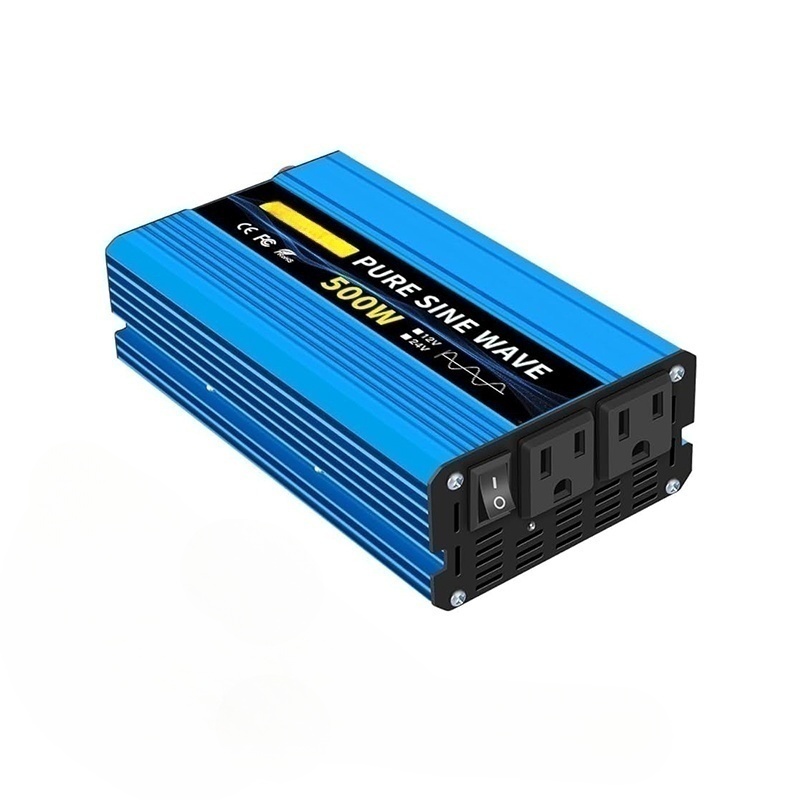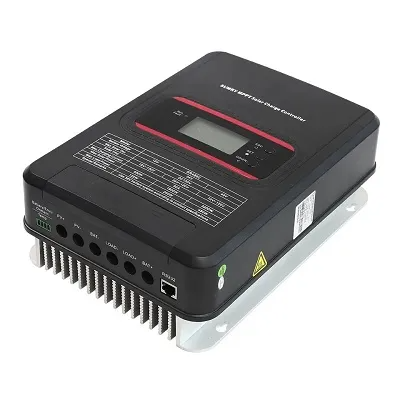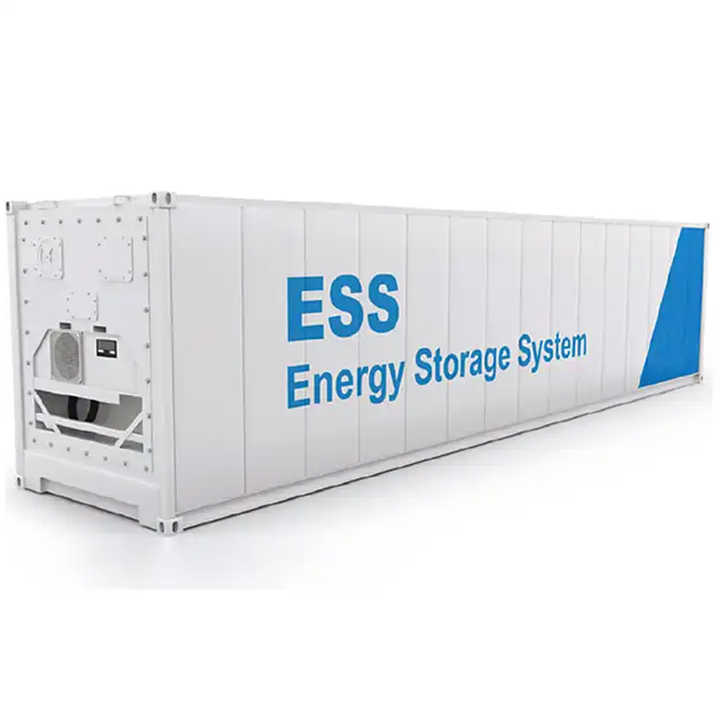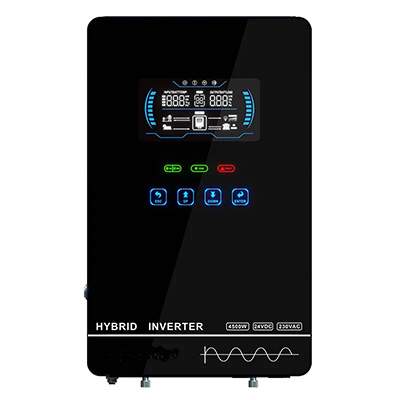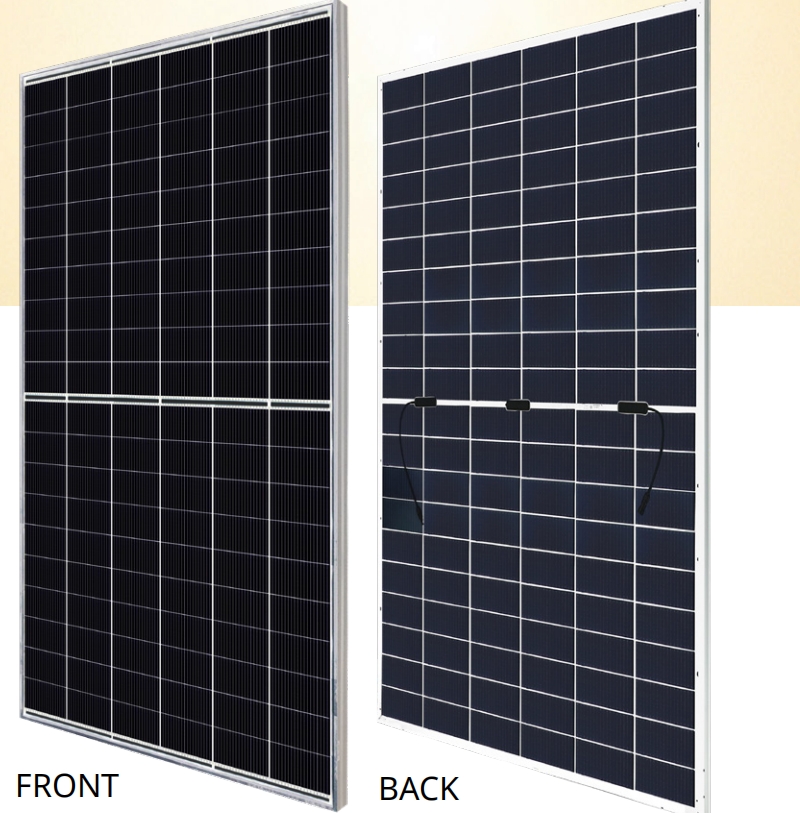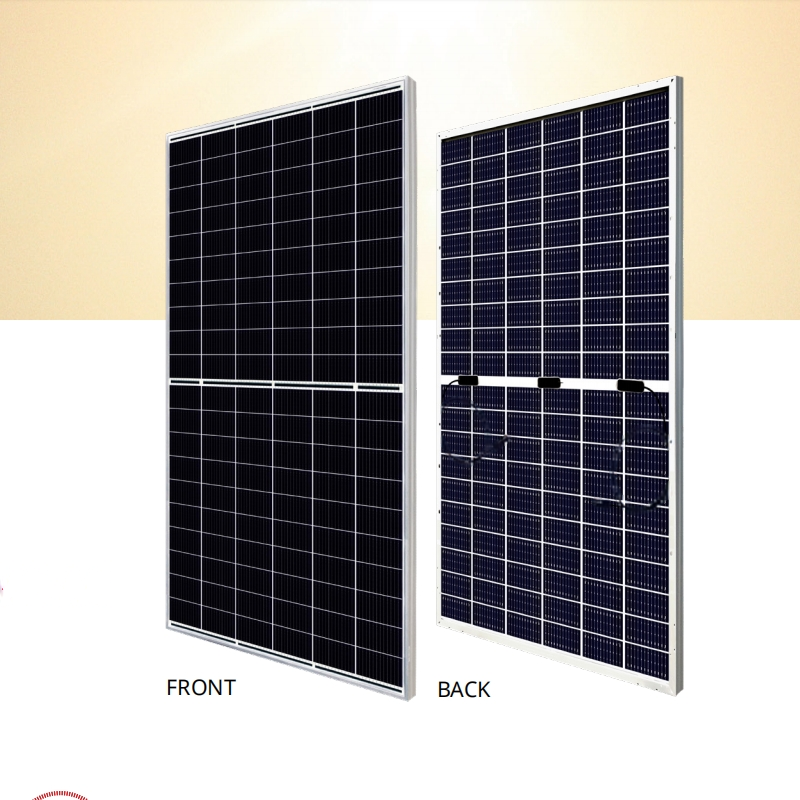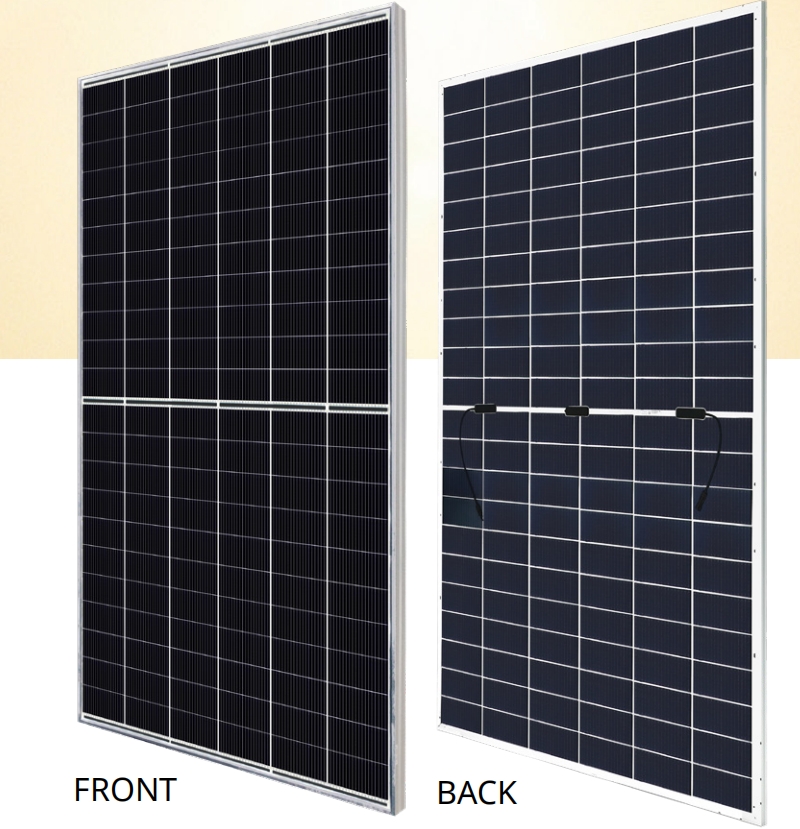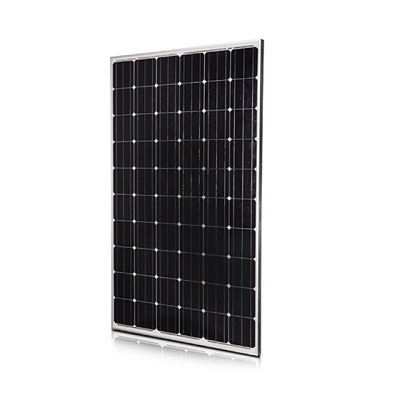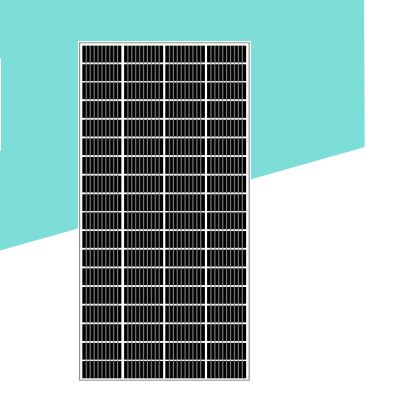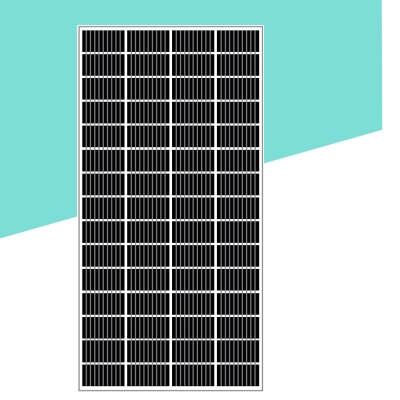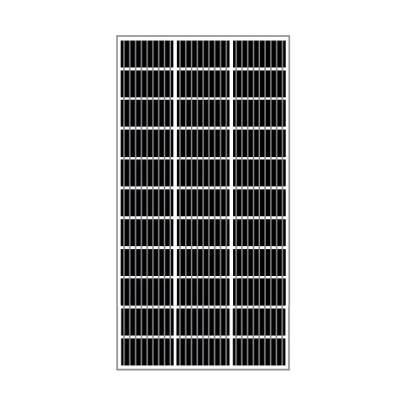Maximize Energy Efficiency with a Solar Battery System
As energy costs continue to rise and environmental concerns grow, more homeowners and businesses are turning to solar solutions. A solar battery is one of the most effective tools for maximizing energy efficiency and independence. In this guide, you’ll learn everything about solar batteries—from how they work to how they can be implemented effectively for long-term savings and sustainability.

Understanding the Fundamentals
At its core, a solar battery is a device that stores energy generated by solar panels for later use. This technology has evolved significantly over the past decade, becoming more accessible and efficient than ever. In both residential and commercial applications, solar batteries offer a practical solution to manage energy use more effectively.
Why does this matter? Because the ability to store energy means you’re not just generating power—you’re controlling when and how you use it. Imagine having energy on-demand during a blackout or during peak billing hours. That’s the value of understanding the core functionality of a solar battery.
1.1 Energy Storage Mechanics
A solar battery works by converting and storing excess energy produced by your solar panels. Instead of sending unused power back to the grid, the system holds onto it for use when the sun isn’t shining. According to recent reports, homes with a battery can use up to 80% of their own solar energy.
This stored energy can be used at night or during power outages, significantly increasing self-reliance. One common misconception is that all solar systems function during blackouts. Without a solar battery, most do not—highlighting the importance of energy storage.
1.2 Battery Types and Technologies
Not all solar batteries are created equal. The two most common types are lithium-ion and lead-acid. Lithium-ion batteries dominate the market due to their longer lifespan, faster charging, and higher efficiency. In contrast, lead-acid batteries are more affordable but offer shorter operational lives.
The choice of battery should depend on your energy goals. For example, lithium-ion options are ideal for homes aiming for complete energy independence, while lead-acid may suit temporary or emergency applications.
Practical Implementation Guide
Now that you understand the core principles, it’s time to explore how to put this technology into action. Whether you’re a homeowner looking to cut utility bills or a business aiming to go green, implementing a solar battery system is more achievable than you might think.

2.1 Actionable Steps
- Assess Your Energy Needs: Analyze your electricity usage over 6–12 months to estimate the battery size you’ll require.
- Choose the Right System: Select a compatible battery type (lithium-ion or lead-acid) and ensure it integrates with your existing solar panels.
- Schedule Installation: Hire a certified installer, set a project timeline, and confirm your system meets local codes and regulations.
2.2 Overcoming Challenges
While installing a solar battery system offers numerous benefits, it can also come with some challenges:
- Upfront Costs: Initial investment can be high. Look for local incentives and financing programs.
- Compatibility: Ensure your inverter and panels are compatible with the battery system.
- Battery Degradation: All batteries lose capacity over time. Regular maintenance can help extend lifespan.
- Space Requirements: Ensure you have a dedicated, ventilated area for installation.
Expert tip: Use smart energy management apps to monitor battery health and optimize usage in real time.
Advanced Applications
Once you’ve mastered the basics of using a solar battery for personal energy use, advanced applications can take your system to the next level. These methods often combine multiple technologies and are ideal for users looking to achieve full energy independence or scale across multiple locations.

3.1 Smart Grid Integration
Modern solar batteries can now connect with smart grids, allowing for dynamic load balancing and real-time data analytics. In a case study from California, a smart grid-enabled community reduced its peak energy demand by over 40%, significantly lowering utility costs.
3.2 Hybrid Power Systems
Hybrid systems combine solar panels, a solar battery, and traditional generators. These systems are ideal for areas with unreliable grid access or extreme weather conditions. Compatibility between components is key, and choosing an experienced installer is crucial to success.
Future Outlook
The future of solar batteries looks bright. Innovations like solid-state batteries, increased storage density, and AI-powered energy management systems are just around the corner. Industry analysts project the solar battery market to grow by over 18% annually through 2030.
To stay ahead, start investing in scalable, modular systems today. Early adopters will be best positioned to benefit from emerging technologies and potential government incentives.
Conclusion
In summary, solar batteries are a cornerstone of modern energy systems. They store excess solar power, reduce reliance on the grid, and provide backup during outages. With the right planning, they offer both environmental and financial rewards.
Now is the time to consider integrating a solar battery into your energy strategy. Contact a certified installer, run an energy audit, and begin your transition to cleaner, more efficient living.
Frequently Asked Questions
- Q: What is a solar battery and how does it work? A solar battery stores unused energy generated by your solar panels for use at a later time, such as at night or during outages.
- Q: How do I get started with installing a solar battery? Start with an energy usage assessment, choose the right battery type, and hire a certified installer.
- Q: How long does installation take? Most installations take between 1 to 3 days, depending on system size and site conditions.
- Q: How much does a solar battery cost? Prices range from $5,000 to $15,000+, influenced by battery size, brand, and installation complexity.
- Q: How does a solar battery compare to traditional backup generators? Solar batteries are cleaner, quieter, and often more cost-effective over time, though generators may be better for prolonged outages.
- Q: Is it difficult to use or maintain a solar battery? Most modern systems are user-friendly and require minimal maintenance, though regular monitoring is recommended.
- Q: Can solar batteries be used in commercial buildings? Yes, and they’re increasingly popular for demand management and sustainability initiatives in office spaces, warehouses, and factories.

